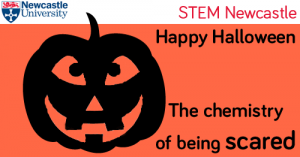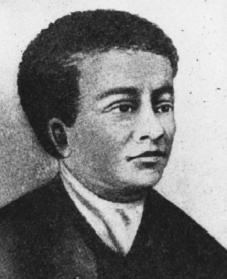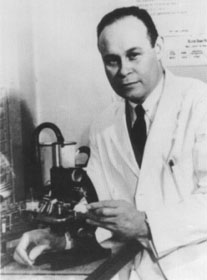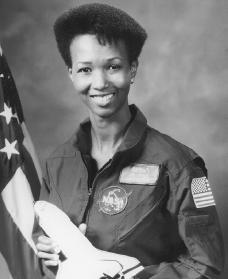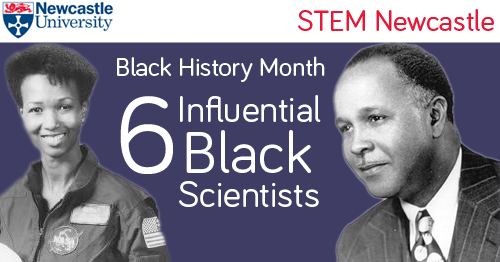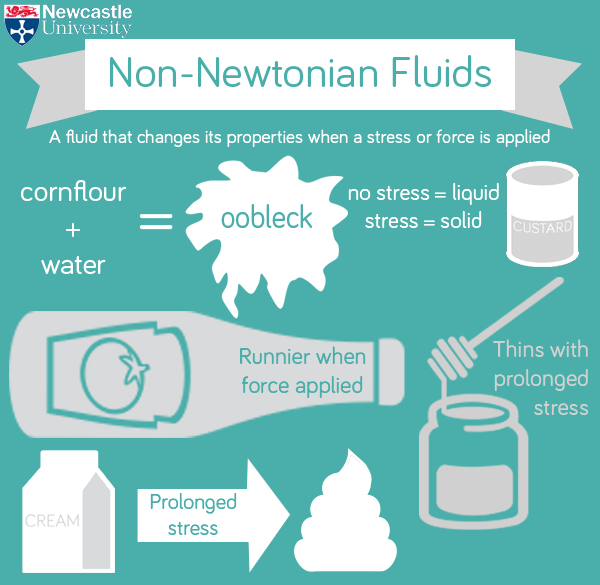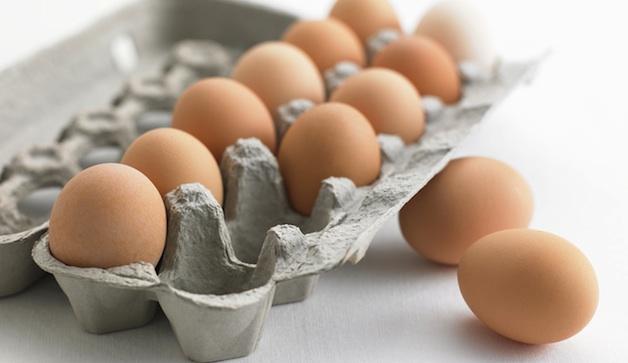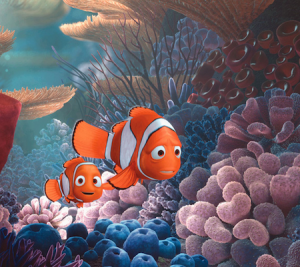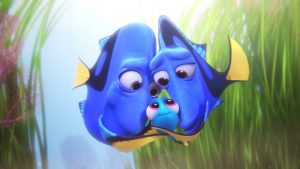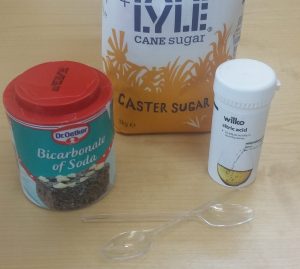Happy Halloween! We all like being scared sometimes, whether it’s scary movies or a rollercoaster, but why do we get scared?

We feel fear when we see or hear something that makes us anticipate harm. If you are walking through a haunted house this Halloween and a skeleton jumps out at you, the skeleton is a stimulus that triggers a signal in your brain.
The hypothalamus is part of your brain that activates the ‘fight or flight’ response. When you are scared molecules of glutamate (a neurotransmitter) travel to the hypothalamus. This then triggers the autonomic nervous system, a response that you can’t control.
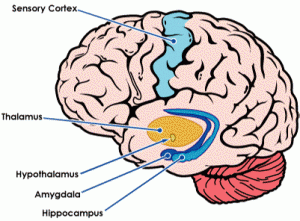
Nerves from the brain carry impulses to glands which produce adrenaline, released into the blood. Adrenaline causes our heart rate and blood pressure to increase making us ready to run away quickly.
When we get scared we also get goosebumps. This is a trait that evolved in our hairier ancestors. When our hair stands up on end it makes us look bigger and more threatening to whoever is scaring us. This is seen in other animals too, such as cats.

However, we aren’t scared forever. Eventually our body realises that there is nothing to be worried about. Sensory data of what we have seen and heard is sent to the hippocampus in the brain which can store and retrieve conscious memories. It gives context to what we have seen and asks questions such as have I seen this before and what happened last time?
If a skeleton jumps out, we will realise that it isn’t real and is probably just someone dressed up! The hippocampus will determine that there is no danger and sends a message to the hypothalamus. Adrenaline production stops and our heart rate goes back to normal.
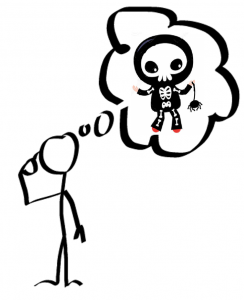
We have evolved to feel fear to allow us to survive. People and animals who feared the right things survived and passed on their genes. This makes sure we don’t do stupid things like picking up poisonous snakes or walking off buildings.
